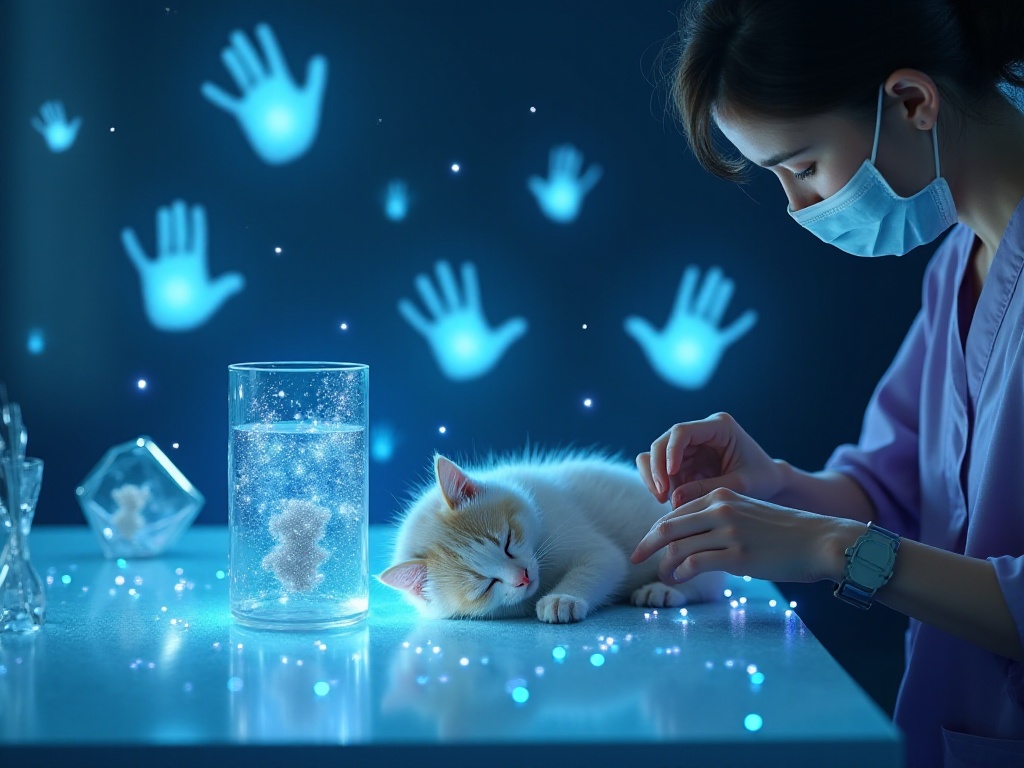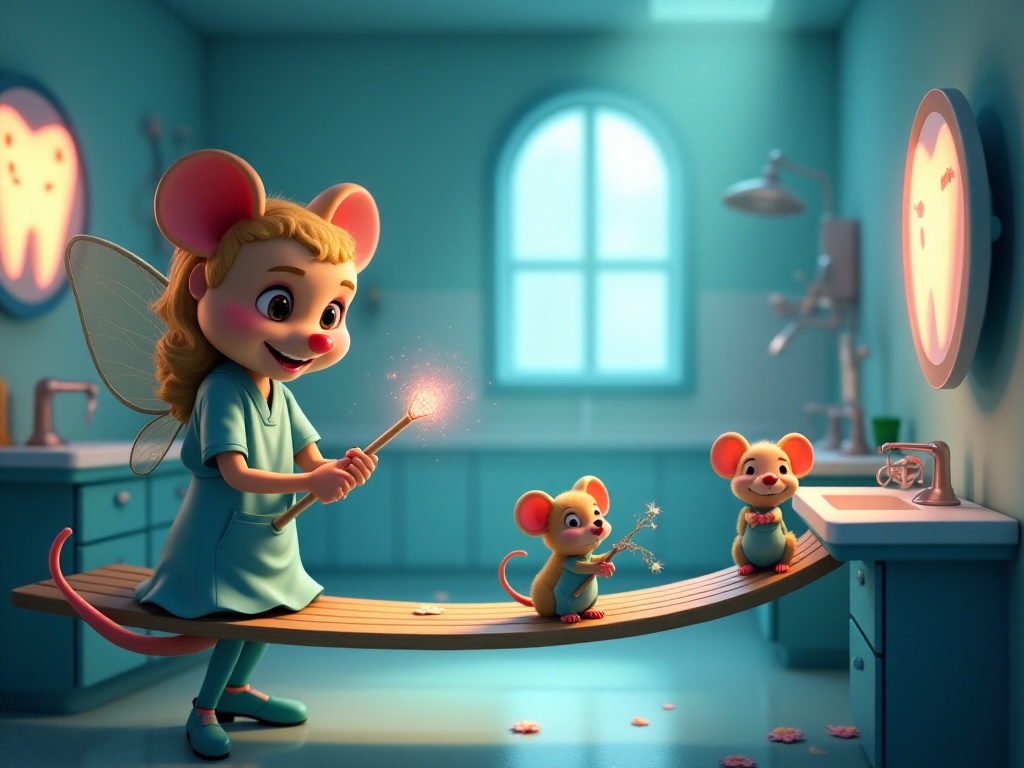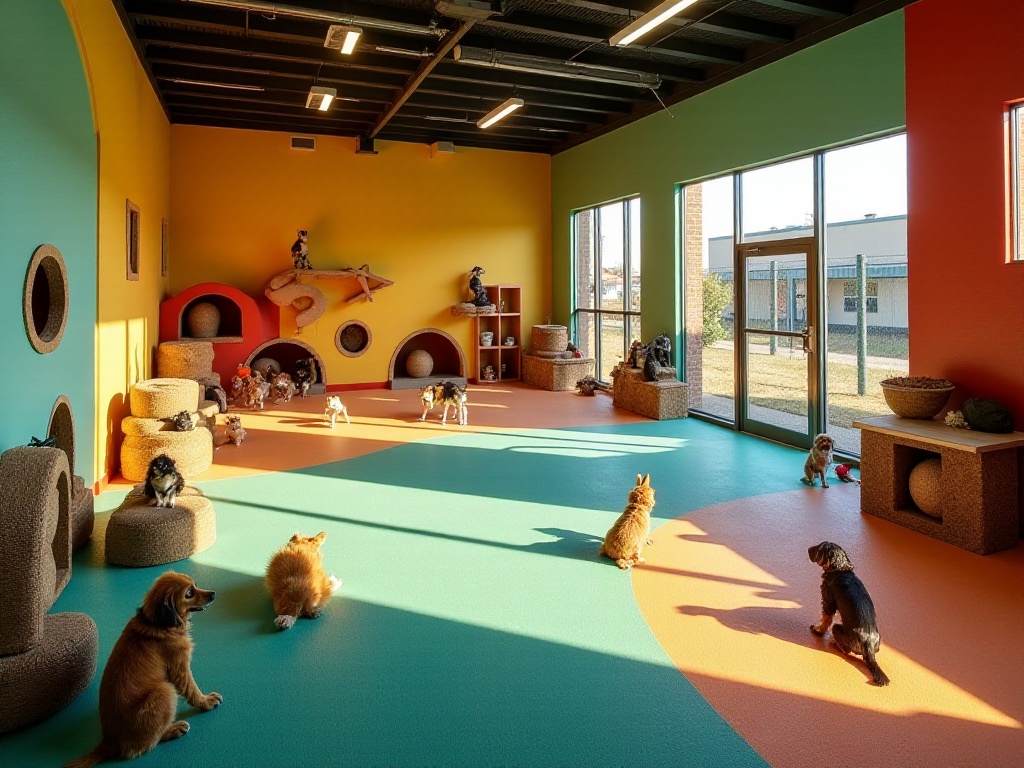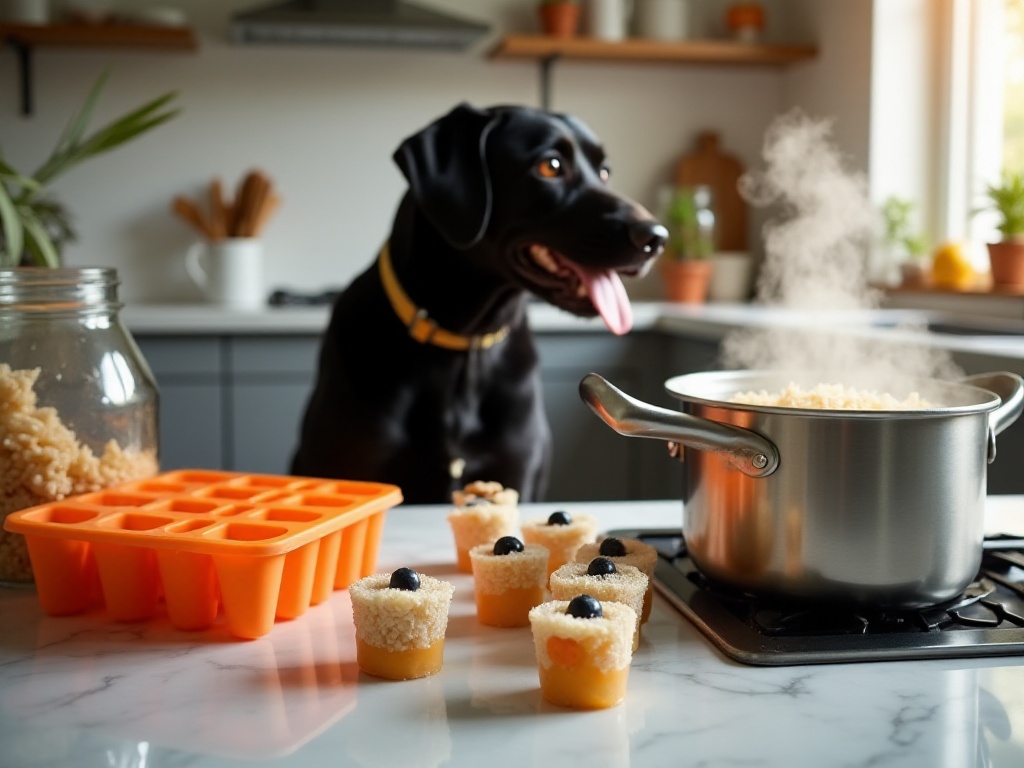Opening Chat
As a "seasoned" cat parent of two years, I've encountered quite a few challenges while taking care of my little cat recently. However, through exploration, I've discovered that many issues don't require spending big money to resolve. Sometimes those seemingly ordinary solutions turn out to be particularly practical.
Speaking of which, my furry master is quite a mischievous little fellow. When I first started raising it, it really gave me a hard time. I bought a bunch of expensive cat supplies online, but it wasn't interested at all. Later, I gradually figured out some very down-to-earth tips, which finally helped me master the essence of cat care. Today I'll share these super practical tips that might seem basic but work wonderfully.
Daily Care
When it comes to bathing cats, it's truly a love-hate affair. I remember the first time I bathed my cat master, it was an absolute disaster. The bathroom was a mess, and both the cat and I were exhausted. After multiple attempts, I finally found a particularly effective method.
First, place a non-slip mat at the bottom of the bathtub, so the cat won't slip and run around. Then prepare two basins, one with warm water at about 38 degrees Celsius - neither too cold nor too hot. The other with dry towels, ready for wiping. Most importantly, create a quiet environment by closing the bathroom door to avoid external disturbances.
Turn on the bathroom heater or water heater half an hour before bathing to warm up the entire space. This way, the cat won't feel uncomfortable due to temperature differences. Be gentle when washing, especially when cleaning the head, making sure no water or detergent gets into the cat's eyes and ears. I usually use special cat shampoo, washing from the neck backward, and leaving the head for last.
When dealing with pet odors, I really struggled at first. I tried various deodorizing sprays on the market, but the results weren't great, and they were expensive. Later, I accidentally discovered baking soda as a miracle solution for eliminating odors. Now I regularly sprinkle some baking soda in the cat litter, which not only effectively removes odors but also keeps the litter dry.
It's particularly important to note that the amount of baking soda should be moderate, as too much might discourage cats from using the litter. I usually layer it when changing new litter - first a layer of cat litter, then some baking soda, followed by another layer of cat litter, which works best. Plus, baking soda is cheap and harmless, with one box lasting several months, making it incredibly economical.
Besides basic cleaning, daily care includes grooming. I've noticed many people overlook this point, but regular grooming is particularly important for preventing hairballs in cats. I usually choose to brush when my cat is most relaxed, like when it's resting on the sofa after eating.
When brushing, follow the direction of hair growth and be gentle, especially in sensitive areas like the belly and legs. If you find tangled fur, don't pull hard; use a special detangling brush to slowly work through it. My cat now really enjoys grooming and actively comes over whenever I take out the brush - it couldn't be happier.

Feeding Techniques
Feeding is truly an art. My cat is a classic "wolf it down" type, who used to eat too fast and often vomit afterward. Later, I placed a clean tennis ball in the food bowl, which turned out to be an incredibly useful trick. With the ball in the way, it has to eat around it bit by bit, naturally slowing down the pace.
However, note that the tennis ball needs to be regularly cleaned and replaced, and you must choose ones without fuzz to prevent accidental ingestion. Besides tennis balls, I've also tried distributing cat food in different small bowls or using special slow-feeding bowls, all with good results.
For food selection, I believe it should be based on the cat's age and physical condition. Kittens need more protein and energy, while adult cats need to watch their calorie intake. My cat now eats three meals a day, with quality cat food as the main diet, occasionally supplemented with wet food. Each feeding portion should be moderate, avoiding both overfeeding and hunger.
The treat issue deserves special mention. Giving cats treats is fine, but portion control is essential. I usually use treats as training rewards or to "bribe" them when they need to take medicine. When choosing treats, pay attention to the ingredient list and avoid products with too many additives.

Environment Setup
Regarding environment setup, I have deep insights. When I first started raising cats, I wasted quite a bit of money. I bought several expensive cat trees, but my master was more interested in delivery boxes instead. Later I realized that cats don't care about how expensive things are; they care more about whether things are interesting.
Now my "cat paradise" is mostly made from waste materials. Stack a few cardboard boxes, cut some holes in between, secure them with tape, and you have a perfect cat playground. I also put some catnip or cat teaser toys inside the boxes to add interest. When cats get bored or the boxes get damaged, just replace them - no heartache at all.
Besides cardboard boxes, I also use old towels or clothes to make cat beds or toys. Roll a towel into a circle, secure it with thread, stuff it with cotton, and you have a comfortable cat bed. Sometimes I sew small bells onto toys to make them more interesting.
When setting up the environment, safety is particularly important. All DIY toys must be free of sharp edges, and materials used must be non-toxic. Tape must be securely fastened to prevent cats from chewing. If toys show signs of damage, replace or repair them promptly.
I also adjust the environment according to seasonal changes. In summer, I set up a cooling spot in a well-ventilated corner, which could be a ceramic tile or a small fan. In winter, I prepare some warm beds in cozy places. These small details make cats more comfortable.

Practical Tips
Giving pets medicine is definitely one of the most headache-inducing tasks. At first, I tried forcing the cat's mouth open to give medicine, resulting in scratched hands and unsuccessful medication. Later I discovered that wrapping pills in dried fish or mixing them with their favorite treats has a success rate of over 90%.
However, I must remind everyone to consult a veterinarian before using food to give medicine, to confirm whether the medication can be taken with food. Some medications might be affected by food interaction. Also, observe your cat's reaction - if they start refusing certain treats, try a different approach.
For cleaning pet hair, I found rubber gloves to be amazing tools. Just ordinary dishwashing gloves - wet them slightly and wipe across sofas or carpets, and the hair sticks to the gloves. This method works better than vacuum cleaners and is very economical. I now use this method to clean furniture weekly with great results.
Besides cleaning hair, rubber gloves can also be used for cat massage. Just gently pet the cat while wearing the gloves - it helps groom their fur while building bonds. My cat particularly enjoys this method and purrs contentedly every time.
Health Monitoring
Regarding health monitoring, I think the most important thing is establishing a habit of observation and record-keeping. I record my cat's daily food intake, bathroom habits, and general condition. For example, my cat usually eats about 120g of wet food daily - if it suddenly only eats half that amount one day, special attention is needed.
Besides basic diet records, I also observe their waste. Normal cat feces should be well-formed, uniform in color, neither too dry nor too loose. If abnormalities are found, such as blood streaks or unusual color, seek veterinary care promptly.
Observing their mental state is also important. Healthy cats should be active and interested in their surroundings. If a cat suddenly becomes very quiet or hides in corners all day, that's a warning sign.
I also weigh my cat regularly, at least monthly. Weight changes are important indicators of health status. Sudden weight gain or loss needs attention.

Accident Prevention
Regarding accident prevention, I've learned quite a few lessons. I remember the neighbor's cat fell from the sixth floor due to lack of protection measures. Although nothing serious happened eventually, it really scared everyone. Since then, I've paid special attention to safety protection at home.
First is balcony protection. I had protective nets specially installed, choosing sturdy metal nets with sufficiently dense mesh to prevent cats from squeezing through. Windows were also fitted with screens, which need regular checking for security.
Electrical wires received special treatment too. Since cats particularly like chewing wires, I've enclosed all exposed wires in cable channels or protected them with special anti-bite tubing. Socket covers were also installed to prevent cats from touching them out of curiosity.
Special attention is also needed when choosing cleaning supplies and plants. Many common cleaners are toxic to cats, so I now choose pet-specific cleaning products. House plants have also been carefully selected to avoid toxic varieties.

Economy and Value
Raising pets certainly requires investment, but you don't necessarily need to buy the most expensive things. I've found many imported cat food specialty stores on Taobao often have special promotions - I buy 3-4 months' worth during these sales. This not only saves money but also ensures food freshness.
For cat litter purchases, I have my own tricks. I follow several well-reviewed shops that often have group-buying activities. I usually join with other cat-owning friends to buy together for better discounts.
For daily items like scratching posts and toys, I now mostly make them myself. There are many DIY tutorials online, materials are cheap, and most importantly, cats love them. Sometimes a cardboard box can keep them entertained for hours.

Concluding Thoughts
Through sharing these daily experiences, I hope everyone has gained a deeper understanding of pet care. Actually, the most important thing about raising pets isn't how much money you spend, but how attentively you observe and care for them. Those seemingly ordinary tips often solve many practical problems.
I hope these down-to-earth tips can help everyone solve problems encountered in pet care. Each pet is unique and may respond differently to different methods. The most important thing is to be patient and gradually figure out what works best for you and your pet.
Raising pets is both interesting and rewarding. Watching them grow up healthy and happy brings a joy that money can't buy. If you have any useful pet care tips, please share them in the comments section. Let's learn from each other and be responsible pet parents together.
Related articles




